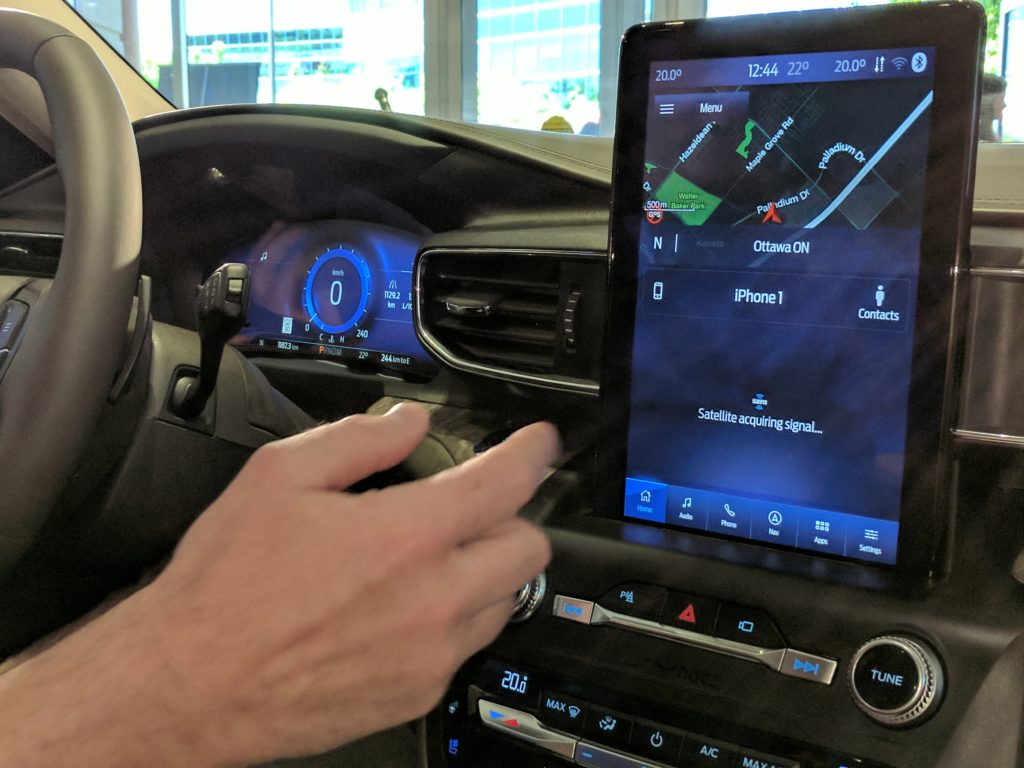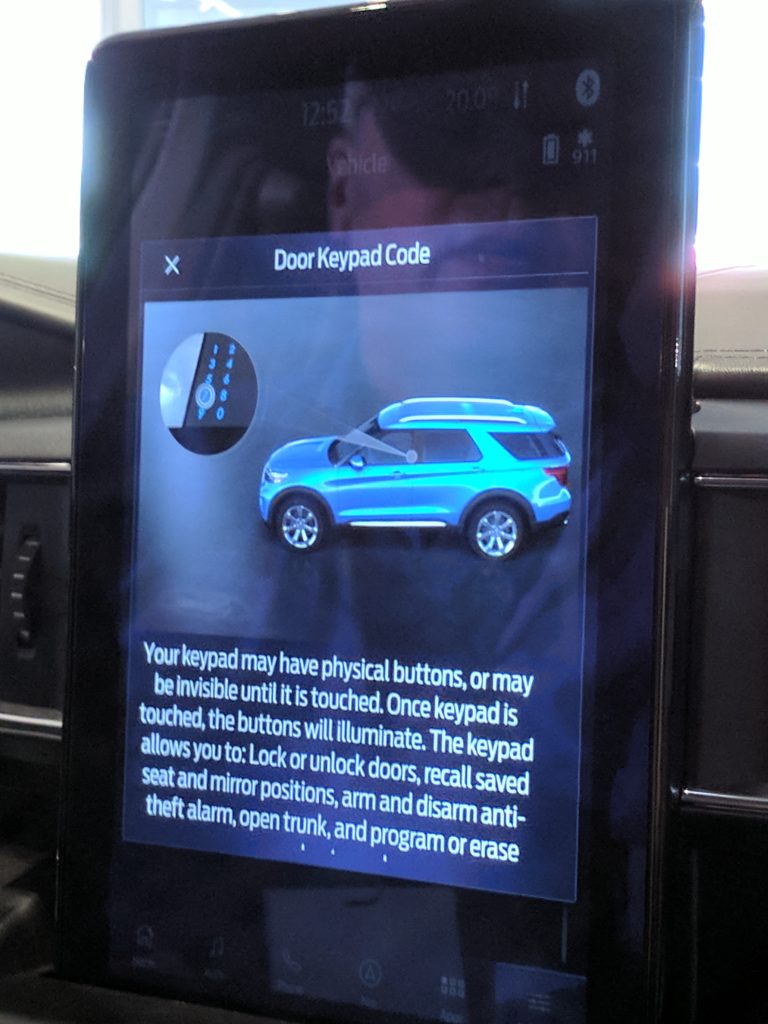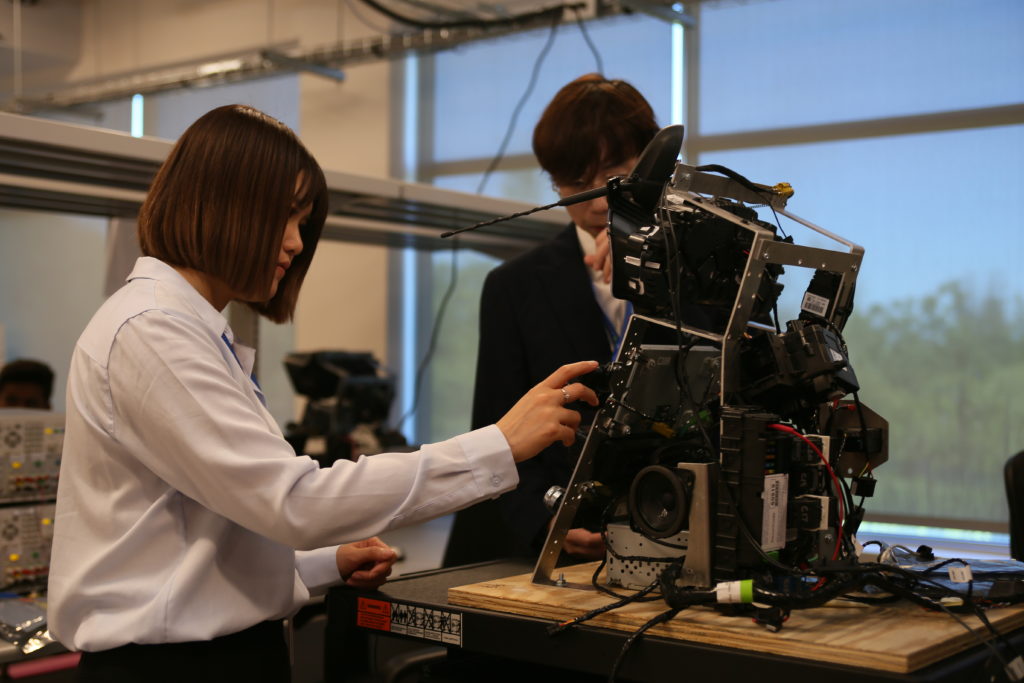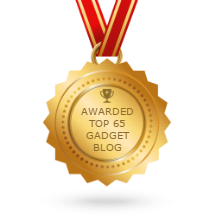
Newest customer centric update developed in-house with major contributions by Ford’s Canadian software teams.
A secure, functional, seamless and enjoyable customer experience with in-car infotainment on an on-going basis is not only nice to have, it’s an absolute necessity given the advancement in today’s technology and the need to keep people safe on the road. This is why Ford has taken charge to deliver the best in-class user experience with the latest version of SYNC 3 featured in the soon to be released 2020 Ford Explorer.
“People expect systems to be easier to use and more intuitive,” says Chuck Gray, director, Electrical and Electronic Systems Engineering, Ford Motor Company. “And we wanted to take more control over that.”
Strategically adding “software developer” to the car-maker’s CV, it’s the first version to be fully designed in-house at Ford by multi-site integrated infotainment teams in Canada and the U.S. including Ford’s, recently unveiled to the media, high-tech Connectivity and Innovation Centre (CIC) in the Ottawa suburb, Kanata, Ontario.
“The customer experience is the key differentiator,” says Gray. “The latest version of SYNC 3 has been based on customer feedback, the people who are driving and interacting with their Ford vehicles everyday.”
Many in-car infotainment systems are an afterthought, simply replacing the AM/FM CD Stereo. They’re clunky, not very attractive, forcing you to conform to some counterintuitive designs. Successful navigation often requires dissecting a bloated manual and navigating through trial and error an endless menu maze, making you feel more like a contestant in The Amazing Race – Car Nav Edition, than a driver in the car.
Our live in-car demonstration of SYNC 3 did prove getting connected and finding functions is no longer a scavenger hunt although we were limited to static, pre-production units.

Feels Like a Smartphone or Tablet
If you haven’t driven a Ford lately, SYNC 3 immediately feels familiar, like using an app. It’s not surprising given that SYNC 3 is based on Blackberry’s QNX OS, using a modern colour palette & thoughtful layout.
Of course it’s not exactly like a smartphone. It’s hard to compare sitting comfortably on your sofa with driving in rush-hour traffic in downtown Vancouver, or cruising down the 401 at 100km/h. It’s mission critical. You need to see things quickly, clearly and navigate through it efficiently, so there’s a minimum font size and screen brightness to ensure you’re not squinting and taking your eyes off the road for too long. SYNC 3 now minimizes the number of steps required to complete a task, maxing out at eight, although most are no more than two or three further minimizing distractions. Many functions can also be accessed via voice control.

Enhancing the experience is not about speed, but also practicality. Some of selected controls and settings have been moved from the console cluster to SYNC 3. Gray explains that often features are buried; they have to be accessed by a button on the steering wheel. Now, they can easily be configured right from the screen. Not only are they easier to find in the list of settings, if you’re not sure what one does or how it works, a visual indication like a video or animation can explain it to you. No manual required.

AM/FM/XM on one screen
One of the clever SYNC 3 enhancements, as simple as it sounds, is the ability to have all your audio presets on the main screen, regardless of the media stream. That is, you can quickly switch from Channel 18, The Beatles Channel on SiriusXM Radio to catch the news on CBC AM or K-Rock on the FM dial. It’s not only more convenient, it’s less time away from watching what’s in front of you.
Smart Favourites and Tune Start features will further excite SiriusXM enthusiasts. The former buffers the last 30 minutes from your XM favourites as soon as you crank the engine and the latter ensures when you switch to your XM faves, the song currently playing begins on the first note. This way you can rewind the latest Paul McCartney news you just missed at the top of the hour and ensure you hear the full 7:11 of Hey Jude regardless as to when you tune in.
If you make calls in the car, the SYNC 3 Smart Phonebook Search helps you zero-in on the right contact that much faster. It cleverly narrows down remaining results by only including characters you’ve keyed as you key them rather than by the first letter alone. So if you type in ROB, it will show Robert and Robyn and keep the “e” and the “y” illuminated, but it will not show Rebecca.
What really makes SYNC 3 shine is Ford’s new 10.1-inch high-definition portrait display featured in the 2020 Ford Explorer’s Platinum trim package. It sits high on the dash narrowing the viewing angle needed to see the screen so you’re looking less to the right. It also allowed developers to take advantage of the additional screen real estate. The vertical HMI (Human Machine Interface) is a first for Ford Engineers.

Feedback
Drivers can now send feedback directly to Ford right through SYNC 3, enabling engineers to diagnose any issues and plan future improvements. And with the customer’s consent, SYNC 3 can track how customers use and interact with the software and capturing analytics in the background to help with continuous improvement.
All that data is analyzed and processed at various locations, including Ford’s CIC, before during and after the rollout.

One stop is the Ford Parking Garage. “It’s not like the typical garage you’d find at a dealer,” says Zoltan Racz, chief engineer, Ford Connectivity and Innovation Centre, Ford of Canada. “We don’t swap tires or work on transmissions; We work on electronics.” Racz explains how they perform real live testing logging data, events and providing feedback. Prototypes or “mules,” or experimental modules are retrofitted in fully registered nondescript vehicles that work in the garage and on the road. These tests are non-safety critical so they won’t jeopardize lives. They run tests in loops, essentially “baking” the software and the systems in the garage first to ensure they experience no loss of service on the road.

Above the garage is the Accelerated Life Test Lab, where the Software Stability Team lives. There, they simulate hours and days of the software running in the vehicle, longer than anyone can drive a car. Part of that team’s job is to measure, analyze and optimize the embedded software and find any potential defects or pain-points. They continuously run hundreds of test scenarios ranging from an isolated single component to multiple aspects of multiple components and subsystems.

With the world already connected to smartphones and even smart-homes, why not cars too? Ford has already made a commitment to launch all vehicles in the North American market this year with 4G LTE connectivity by the end of the year.
“Connectivity is a foundational component of our strategy to deliver smart vehicles in a smart world, says vehicles will be able to talk to each other talk to the cloud and everything around it safely & seamlessly and with an optimal customer experience,” says Gray.

Behind the big silver door is the third lab, the specialized modem testing lab – shielded from any radio frequencies going in or out; even our smartphones wouldn’t work in there. It’s a perfect controlled environment to test continuous 4G LTE connectivity and next generation technologies before test in the outside world.
This is also important as different countries do have different regulations and radio requirements.
“This allows us to test the North American variant, Europe, China, anywhere we sell cars without having to be in those locations.” adds Racz.

(SYNC originally debuted in 2007 and SYNC 3 in 2015. The new SYNC 3 will debut this summer in the all-new 2020 Ford Explorer. The new 10.1-inch portrait display will be available as part of the model’s Platinum trim package with other models being equipped with an 8-inch widescreen display. A SYNC 3 software upgrade may be available for some 2018 and later model year Ford vehicles.)
Greg Gazin, also known as the Gadget Guy and Gadget Greg, is a syndicated veteran tech columnist, communication, leadership and technology speaker, facilitator, blogger, podcaster and author. Reach him @gadgetgreg or at GadgetGuy.ca.
Photos by Greg Gazin; Those marked “*”, Courtesy Ford Motor Company of Canada.
A syndicated version of this article also appears at Troy Media and affiliated sites.


Speak Your Mind